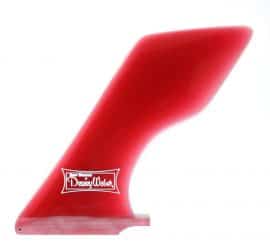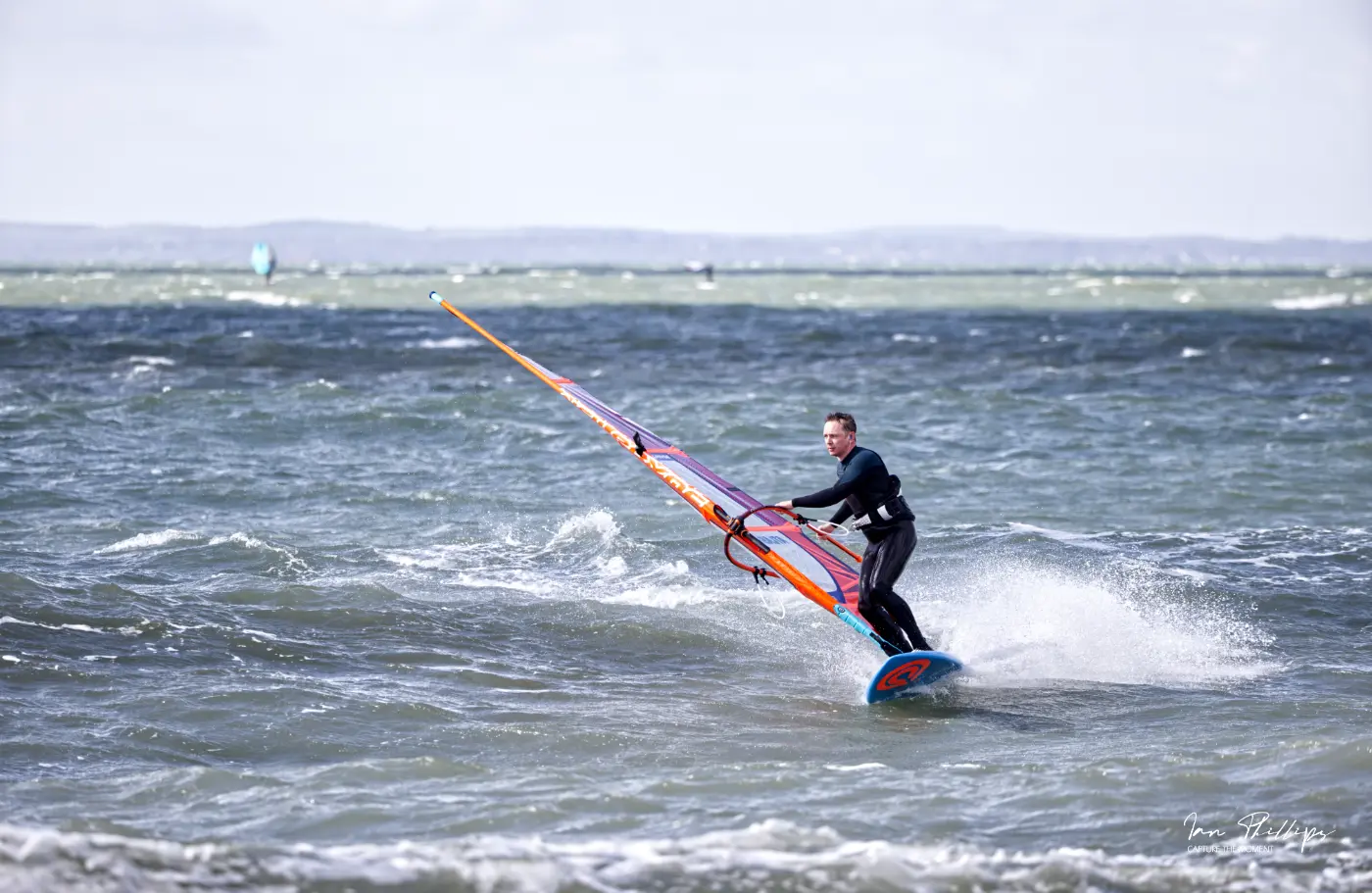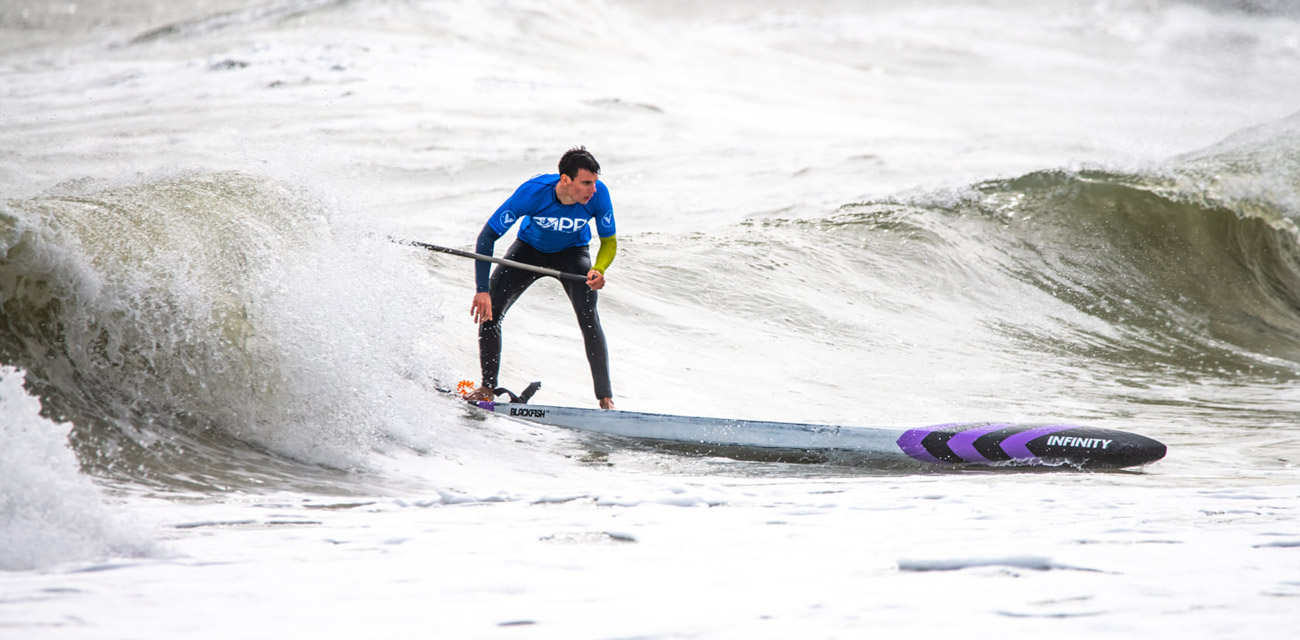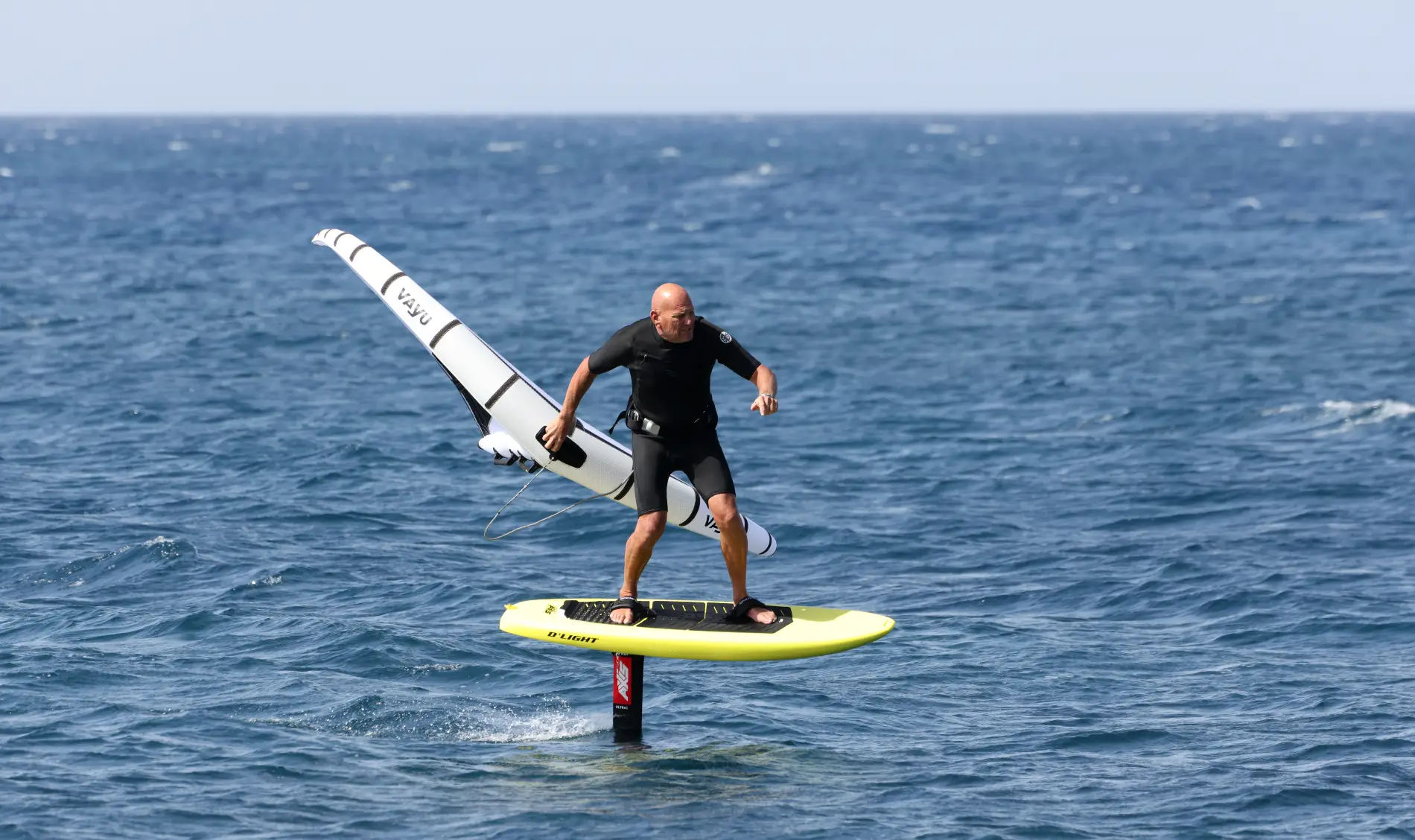Nose Riding Fins
What makes a nose riding fin different to the fins you may have in your shortboards or other longer board already.
The characteristics of a nose riding fin is a greater depth and larger surface area at the fin tip.
I have heard it said that the fin locks the tail down and allows you to nose ride but in my opinion that isn’t strictly true. Certainly the bigger fin helps to maintain your line and some bite into the water but the boards rails and your skills will have a bigger effect.
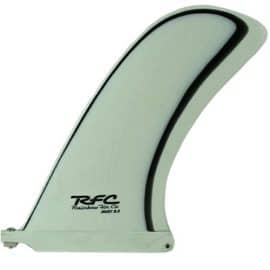 Pivot fins
Pivot fins
A pivot fin has a very upright profile and is pretty even width from tip to toe. With a lesser rake, the pivot fin is very responsive and easy to turn at low speeds. Being upright also allows the surfer to make small adjustments to direction very easily whilst riding the nose.
A pivot fin will be about 10 inches long. Pivot fins are best suited for waves that are 1-3 feet, and will loosen up a longboard without giving up stability.
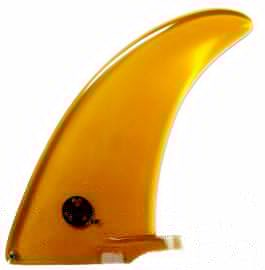 Rake fins
Rake fins
The rake or dolphin fin is more swept back than the pivot fin with a wide base. The wider base helps keep it stable at low speeds and in the foam, compared to a longer fin that will give more drive and control at speed.
Generally they aren’t as loose as pivot fins, but that comes into its own when the waves get bigger and faster.
Rake fins are really good for the entry level longboarder but you may find that you start to crave more freedom as your skills improve.
As a rule of thumb for every foot of board you want an inch of fin in length.
 Hatchet fins
Hatchet fins
The hatchet fin is pretty easy to spot with its very definite wide tip. It’s a bit of a mix really as it has more rake than a pivot fin but a narrower base than a rake fin.
The idea is that you have the manouverability of a pivot fin but more hold for bigger, heavier longboards. They’re pretty retro in style and don’t really add performance either way.
Choosing what you want from a fin
It is important to know your own board, waves and skill level when considering changing fins.
Remember that a deep, upright fin is much better suited for slow, mushy, small waves.
A raked back fin will be a better “all around” performing nose riding fin, but less manouverable.
And don’t forget to move the fins around in the box. Start with your fin all the way back in your fin box, and adjust them in half to quarter inch increments until you find the point at which things feel most suited to your style.
